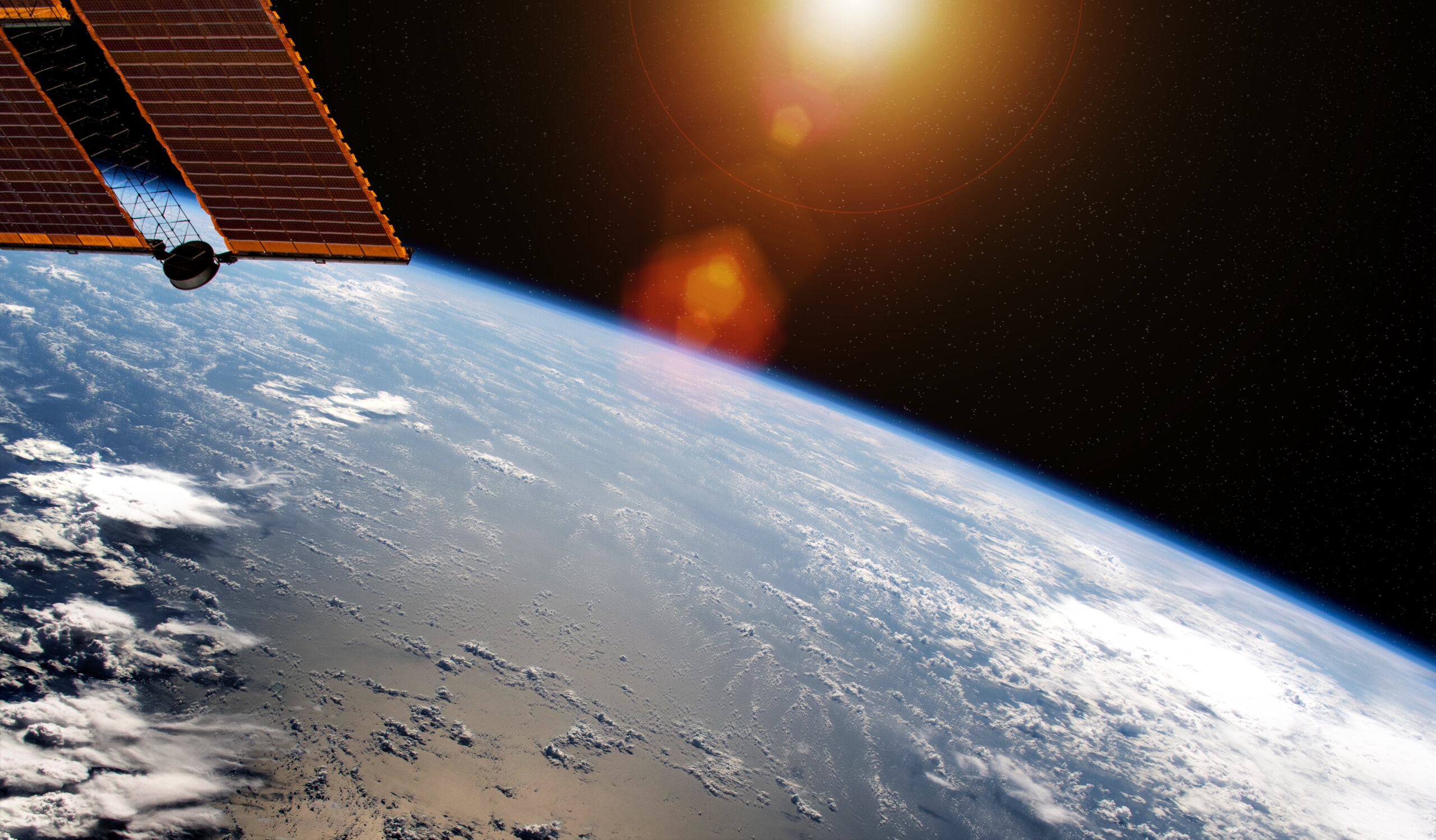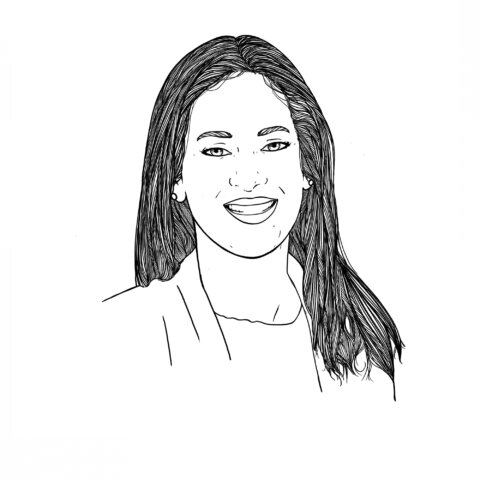However, increased atmospheric density and therefore aerodynamic drag results in rapid orbital decay. Natural lifetimes are therefore short, and propulsion is required to compensate for the drag, increasing the mass, complexity, and therefore cost. As such, VLEO is an emerging yet commercially unexploited orbital regime.

View of blue planet Earth from a space station window during a sunrise 3D rendering elements of this image furnished by NASA (image source: Adobe Stock)
Advanced Coatings for VLEO Satellite Performance
CASA’s advanced coatings are based on 2D material technologies, providing atomic-scale flatness to reduce the energy and momentum exchange in rarefied gas-surface interactions, thereby reducing the drag experienced in VLEO.
Significant Drag Reduction for Satellites
When combined with an appropriate external geometric design, CASA’s coatings can reduce the aerodynamic drag force experienced significantly. As an illustration, drag on a surface inclined at 70° to the oncoming flow can be reduced by up to 30%.
Atomic Oxygen Erosion Resistance for Longevity
These materials are also resistant to erosion by the atomic oxygen that is abundant in the VLEO environment and increases the drag experienced by conventional surfaces.
Proven In-Orbit Demonstration of Coatings
The coating performance has been demonstrated in VLEO on the Satellite for Orbital Aerodynamics Research (SOAR) mission (June 2021-March 2022) and by experiments conducted on the International Space Station (MISSE-12 and -15 campaigns).
Benefits of CASA’s Coating Technology for Satellites
Lower Cost
Reducing range to the ground enables the use of smaller and less powerful payloads for the same performance, reducing the size, mass, and cost of satellite development and manufacture (i.e., SWaP-C).
Higher Performance
Higher payload performance (e.g., resolution, sensitivity, bandwidth, and latency), with increased data product and service value, can be achieved at lower orbital altitudes whilst maintaining commercial viability.
Resilience
Drag in low altitude orbits naturally removes debris. These orbits are therefore resilient to debris accumulation and, regardless of future space activity, have a lower collision risk.
Business Opportunity for Satellite Technology Investors
CASA is an incorporated spinout under the guidance of the University of Manchester Innovation Factory. CASA is currently looking for investment to fund their work towards the commercial readiness of their offering. CASA currently holds patents in Europe and the USA.
Extended Applications in VLEO
In addition to aerodynamic drag reduction, these coatings also have applications to:
- Atmosphere-breathing electric propulsion (ABEP) systems by improving atmospheric intake efficiency.
- Aerodynamic orbit and attitude control methods through enhanced lift-force production.
- Sensors for rarefied flow diagnostics
- Increasing the effectiveness of drag augmentation and deorbit devices, for example drag sails
For more information on opportunites with CASA, please get in touch with Dinali de Silva





